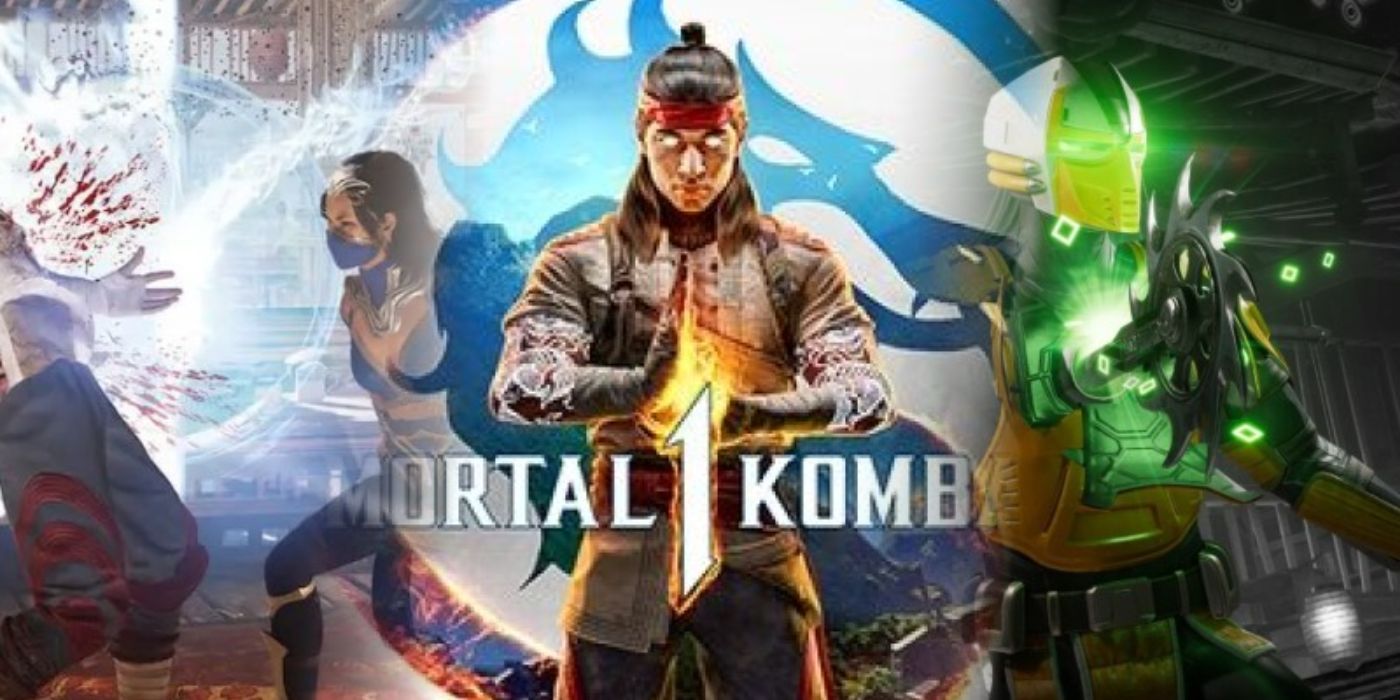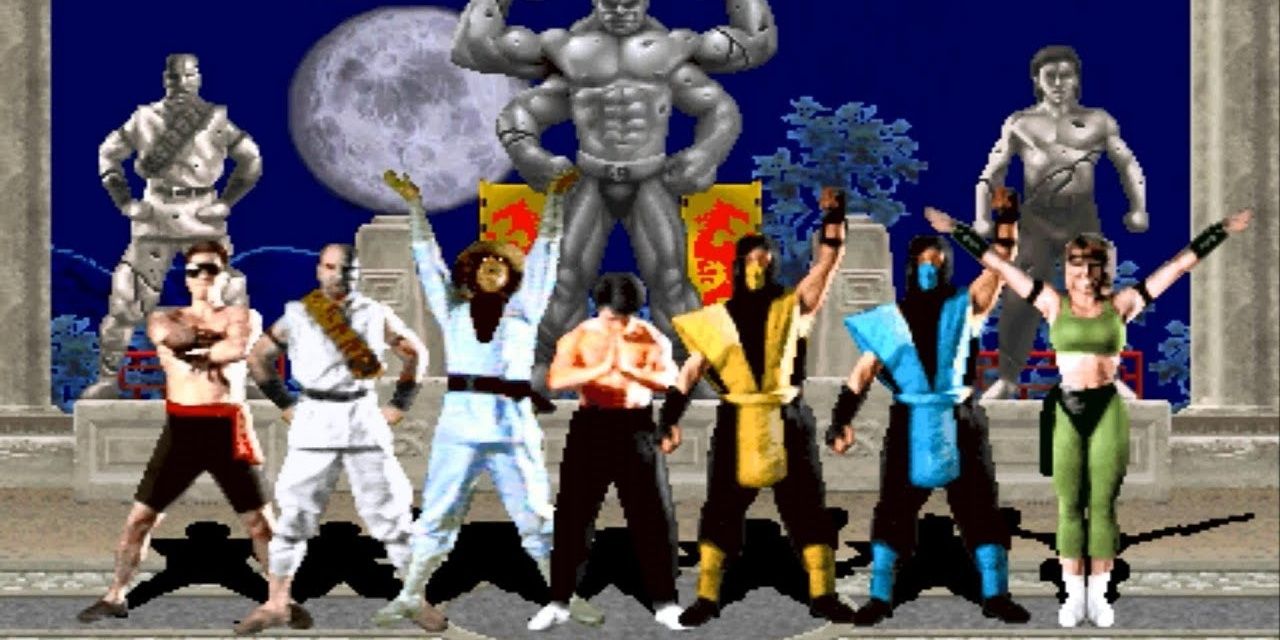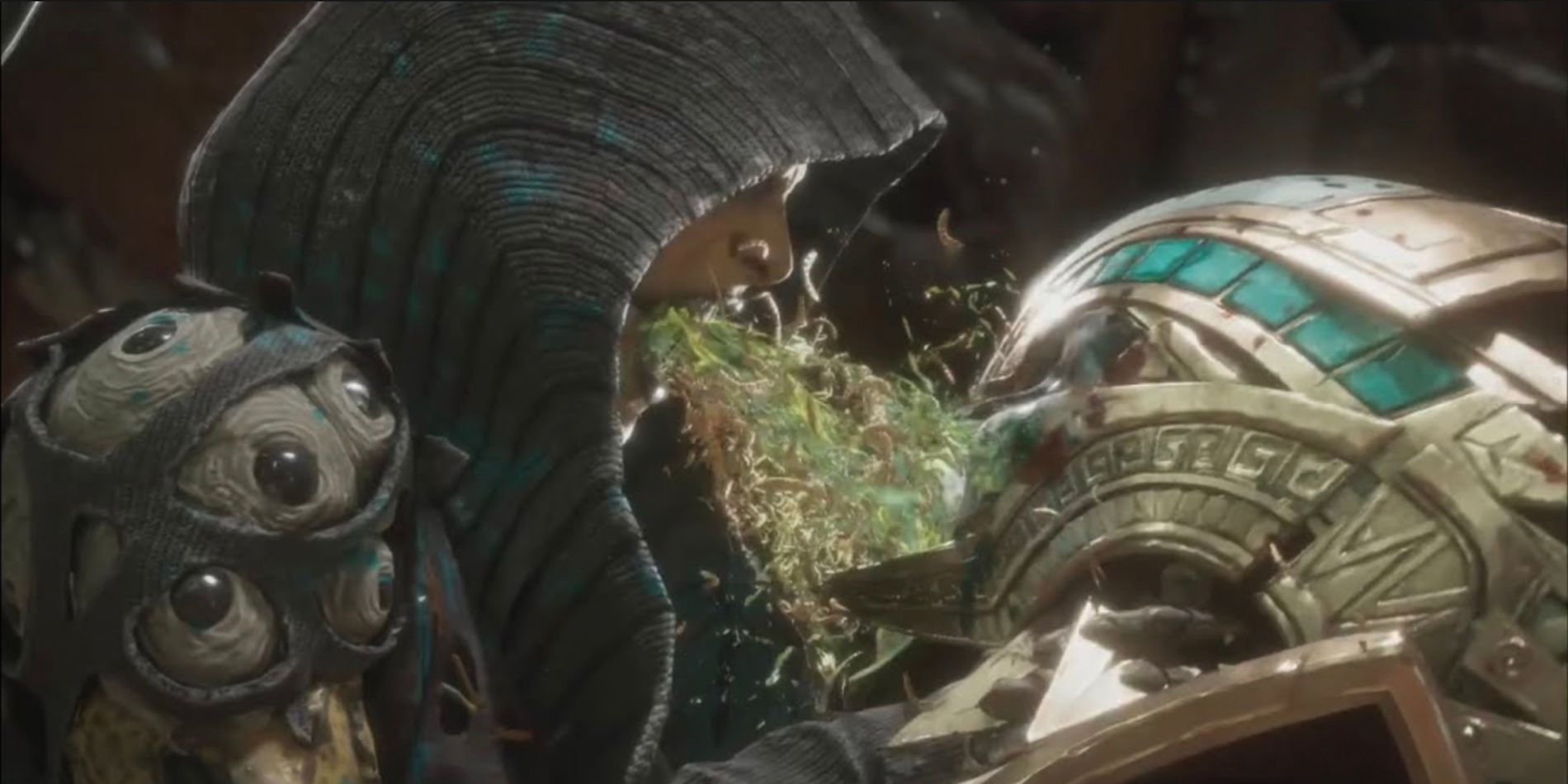Ever since it debuted in the 1990s, the Mortal Kombat video game series has made waves due to its violent content. While all fighting games involve some level of fisticuffs, the NetheRealm Studios property has always taken things to a much darker degree. That's especially the case with the upcoming Mortal Kombat 1, which features some of the series' most brutal Fatalities yet.
This arguably objectionable content may make some gamers wary of trying the new game (or its predecessors) out. With this in mind, it's worth looking at how far the series has come, how its violent Fatalities were handled in the past, and how the new game continues these trends. From there, the games' brutality can truly be judged.
The Klassic Mortal Kombat Games Were Known for Their Violence
Compared to the likes of Street Fighter or SNK's Fatal Fury series, Mortal Kombat (originally created by Midway) was a bloody horse of a different color. Those other games had fighters occasionally spit bloody or appear in a brutalized, roughed-up state during and after fights. This was nothing compared to MK, however, where blood flew with each hit. Most notable about the first game, however, was the Fatality system. This allowed players to end fights by graphically killing their opponent after putting in the right command code.
Examples of these attacks include ripping the enemy's hearts or spines out, as well as reducing them to skeletal ashes or knocking them down to be eviscerated on a pointed spike. Making matters worse were the digital graphics, which were based on real actors and models. This added a greater sense of realism to the games, though said realism was definitely relative to the era. Compared to modern games, these graphics and mechanics look especially dated and goofy. Some of the awkward, clunky animation makes it hard to take the fairly primitive title seriously as a fighting game, let alone as a supposed source of horrendous gore. Nevertheless, the success of this concept made the game a hit and inspired several would-be imitators.
This continued in Mortal Kombat 4 when the series jumped into 3D. These sorts of graphics were all the rage and somewhat experimental during this era, with even the blockiest 3D aesthetics coming off as "hi-tech" at the time. These games even featured melee and bladed weapons, making it easier than ever to dismember opponents. Due to this blockiness, however, it's again very hard to look at the violence in the games and think much of it. This isn't an issue of being desensitized so much as the graphics simply being too primitive to view in any particularly graphic light. Of course, as the series evolved and video game engines improved, this became more of an issue—especially as the ante was upped in terms of the Fatalities' content.
Mortal Kombat Games are More Violent — and "Realistic" — Than Ever
Beginning with the Mortal Kombat reboot title, the graphics in the series were largely solid across platforms. This meant that Fatalities once rendered through goofy or dated graphics were viewable in a much more realistic sense. It was the first time that many of these attacks were truly gory, and things only got worse from there. Mortal Kombat X introduced several new characters, with fighters new and old having outright horrific finishers. For instead, one of Jacqui Briggs' moves sees her knocking an opponent's head and then shooting a hole in their torso. She promptly throws a grenade down their neck, further reducing the corpse into a miasma of mutilated meat.
The disgusting and despised Bo Rai Cho has even grosser Fatalities, with his "Bottom's Up" move involving him violently shoving his jug of grog into his opponent's mouth. Forced to drink from his cup of death, the enemy's response is to violently vomit their entrails until finally dying. These moves are not only gruesome but downright mean-spirited. Adding to this is Mortal Kombat's modern trend of guest characters. In other words, players can unleash the same brutally humiliating attacks on corporate characters from other franchises. This is all done in much more realistic-looking ways than the old games. Even the most unrealistic Fatalities have visceral, uncanny verisimilitude, which can definitely make them offputting to some.
Mortal Kombat Must Retain Its Violent Nature
Mortal Kombat 1 is looking to have some of the harshest Fatalities yet, and that may or may not be a turnoff for some gamers. Even fans of the series have noted how over-the-top the recent finishing moves have gotten. This likely stems from the fact that the developers have to keep pushing the envelope in order for the franchise's shock value to still be shocking. Staying complacent in this regard and simply recycling previous Fatalities might be disliked by fans, especially since so many of Mortal Kombat 1's playable characters have already appeared in the recent 2.5D games. It's a double-edged sword in terms of the newer games' development, as losing the edge might make MK into just another fighting game.
That's definitely not something that NetheRealm Studios wants, as the competition has raised the standard in quality in the modern fighting game renaissance. Street Fighter 6 was lauded by fans and critics alike, with many of its story and content elements evoking the various gameplay modes that Mortal Kombat once had carte blanche to. Its launch was much more successful than Street Fighter V, setting a high standard for other fighting games. Given that some prefer the actual fighting mechanics of other titles, NetheRealm's games need to retain their gimmick in order to stand out. This means being one of if not the most violent mainstream video game franchises available, with those unused to horrific gore likely needing to look elsewhere for their fighting game entertainment.




